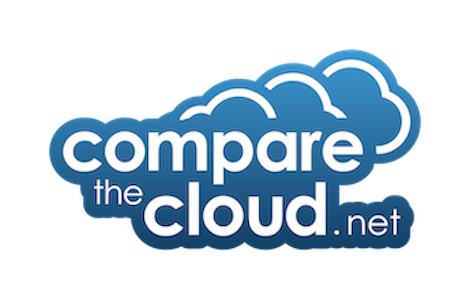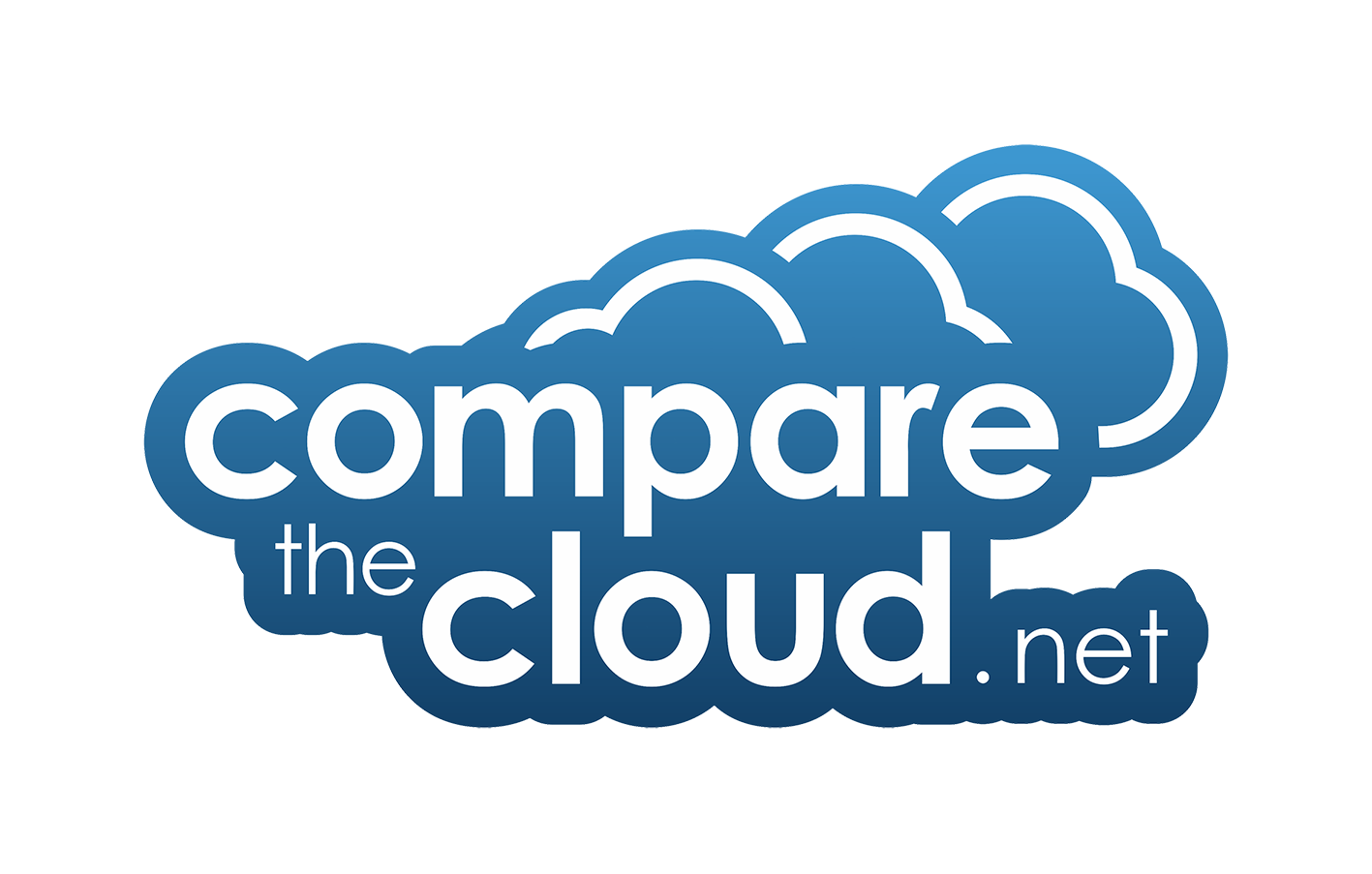When organisations consider moving to the cloud, a common initial reaction is, “We’re not ready for that yet,” often followed by concerns about security. However, it’s crucial to understand that “the cloud” doesn’t automatically mean giving up control or moving everything off-premises. While some cloud solutions are purely hosted environments with limited security control, it’s wrong to assume that all clouds are intangible services where data is simply surrendered. Hosted clouds aren’t inherently insecure, but it’s important to differentiate between hosted and privately owned cloud approaches.
As with all business decisions, an organisation’s risk profile, technical resources, and culture will influence the best strategy (hosted vs. private). Only when the practical details of cloud migration are examined does the real security impact come into focus.
Let’s consider the security aspects of a fully hosted solution. We’ll address risk using these common attack vectors: physical, network, system (OS), and out-of-band management.
Physical Security
Most reputable cloud providers now house their infrastructure in purpose-built data centres. These facilities employ robust, multi-layered security measures that would be financially out of reach for most organisations. For cloud providers, the physical security of their infrastructure is crucial for business continuity. This should reassure those hesitant to relinquish physical control of data storage and processing systems. While poorly managed data centres still exist, thorough due diligence can expose any major shortcomings.
Data residency is another key consideration, particularly concerning data privacy laws like GDPR. Providers should be transparent about where your data is stored. Despite the abstractions in cloud service delivery, there’s no valid reason for a provider to be evasive about data location.
Network Security
Given the diverse risk profiles across industries, a good cloud solution should allow for the deployment of traditional network and application-level security measures. Virtual machines can be placed behind firewalls, intrusion detection systems (IDS), and management systems. They can also be easily deployed across segmented DMZs, development, and private networks.
In 2025, advanced cloud solutions enhance network security by simplifying resource monitoring and management, minimising entry points, and enabling rapid incident response. The ability to quickly isolate compromised systems for analysis while redeploying a trusted build is a significant advantage of on-demand cloud services. Network segmentation, micro-segmentation, and increasingly sophisticated intrusion detection and prevention systems (IDPS) are standard offerings. Zero-trust network access (ZTNA) is also gaining traction as a way to further limit access and improve security.
System Security
Implemented correctly, cloud migration has no negative impact on system security. By reducing the burden of managing physical and network resources, administrators have more time to focus on OS and application-level security.
There’s a misconception that moving to the cloud automatically grants the provider unrestricted access to all data and applications. In terms of system access, the provider typically has enough access to reach the OS login screen. If an attacker compromises the provider’s management system, their access to guest systems would be similarly restricted.
The exception is providers whose virtualisation technology requires guest-based software clients. This setup violates established trust models and should be carefully evaluated to determine the added risk.
Regardless of the virtualisation technology, those with root-level access to host systems can access stored data. This is an unavoidable reality of current computer technology and must be addressed directly when dealing with sensitive data.
Modern operating systems and third-party tools offer straightforward data encryption, which works seamlessly in a cloud environment with minimal performance impact. Cloud providers generally don’t penalise customers for encrypting their data.
While relying on the cloud provider for data encryption might seem appealing, it goes against best practices. If a provider’s management system is compromised, their key management system could also be compromised, exposing encrypted data for all clients. In situations requiring encryption, a distributed key management model (where clients manage their own keys) is the only reliable solution.
The Rise of DevSecOps and Automated Security
In 2025, DevSecOps practices are becoming increasingly important in cloud security. Integrating security into the development pipeline from the start helps to identify and address vulnerabilities early on. Automated security tools and policies are also essential for maintaining a strong security posture in the cloud. These tools can automatically scan for vulnerabilities, enforce security policies, and respond to security incidents.
Staying Ahead of Emerging Threats
Cloud security threats are constantly evolving, so it’s important to stay informed about the latest risks and vulnerabilities. Cloud providers and security vendors regularly release updates and patches to address new threats. It’s also important to educate employees about cloud security best practices and to implement strong access controls and authentication measures.
Conclusion
The cloud model, whether hosted or on-premises, offers significant security advantages without introducing new vulnerabilities. While some have exaggerated the “dangers” of cloud computing, this is largely unfounded paranoia. Systems in the cloud must be secured like any other system, but they also benefit from streamlined management, monitoring, and resource utilisation. By addressing the key security considerations outlined above, organisations can confidently embrace the cloud and reap its many benefits.



